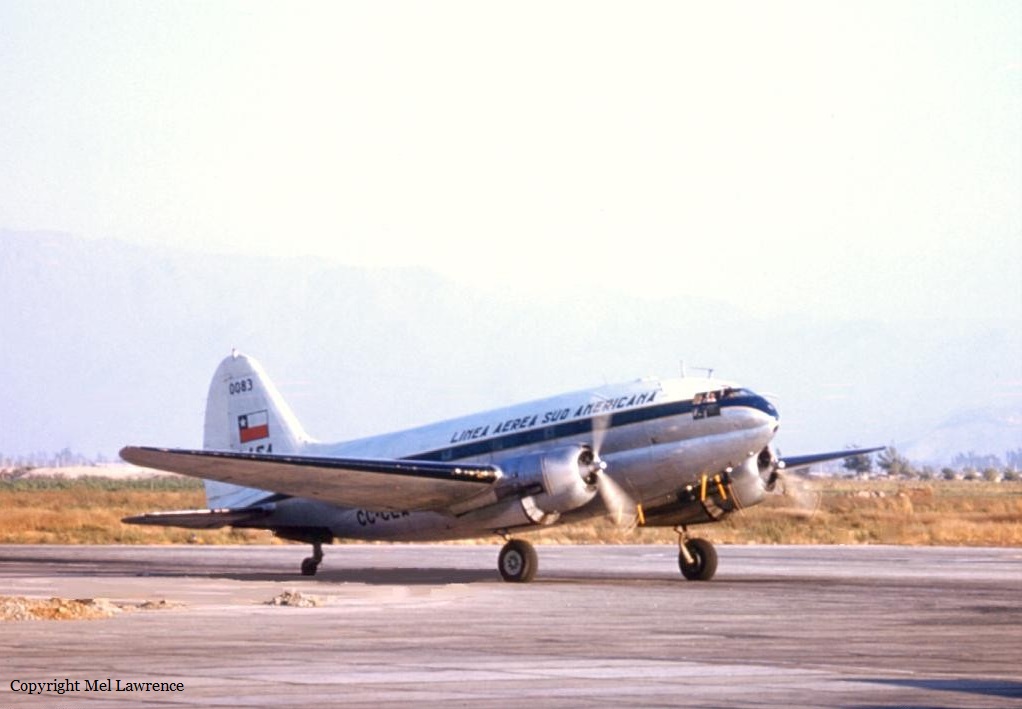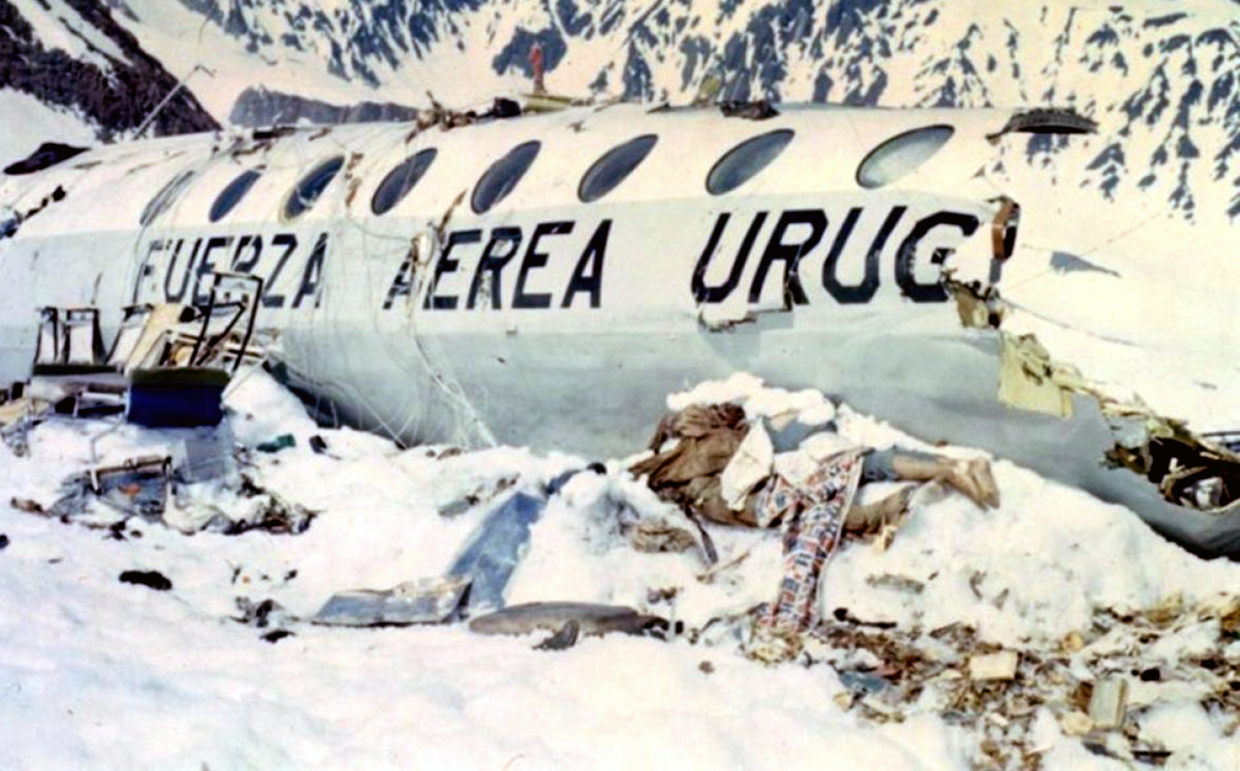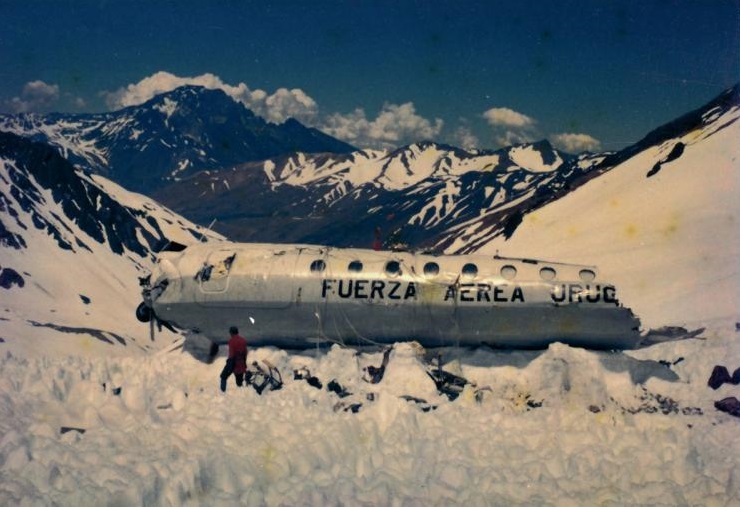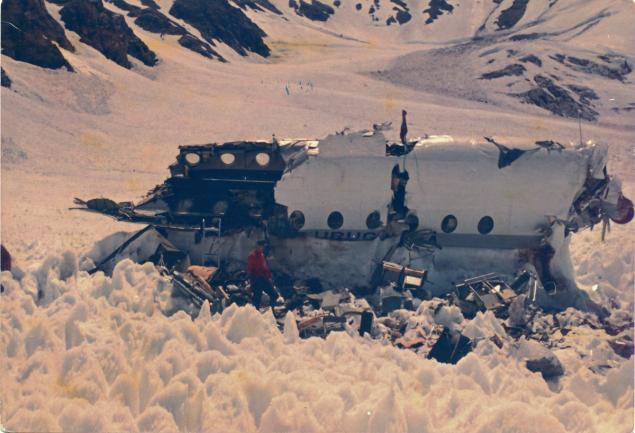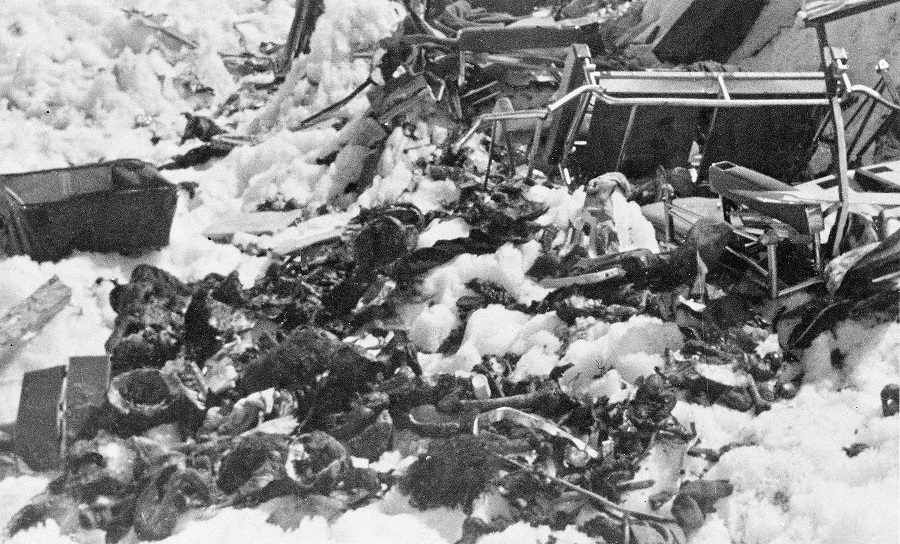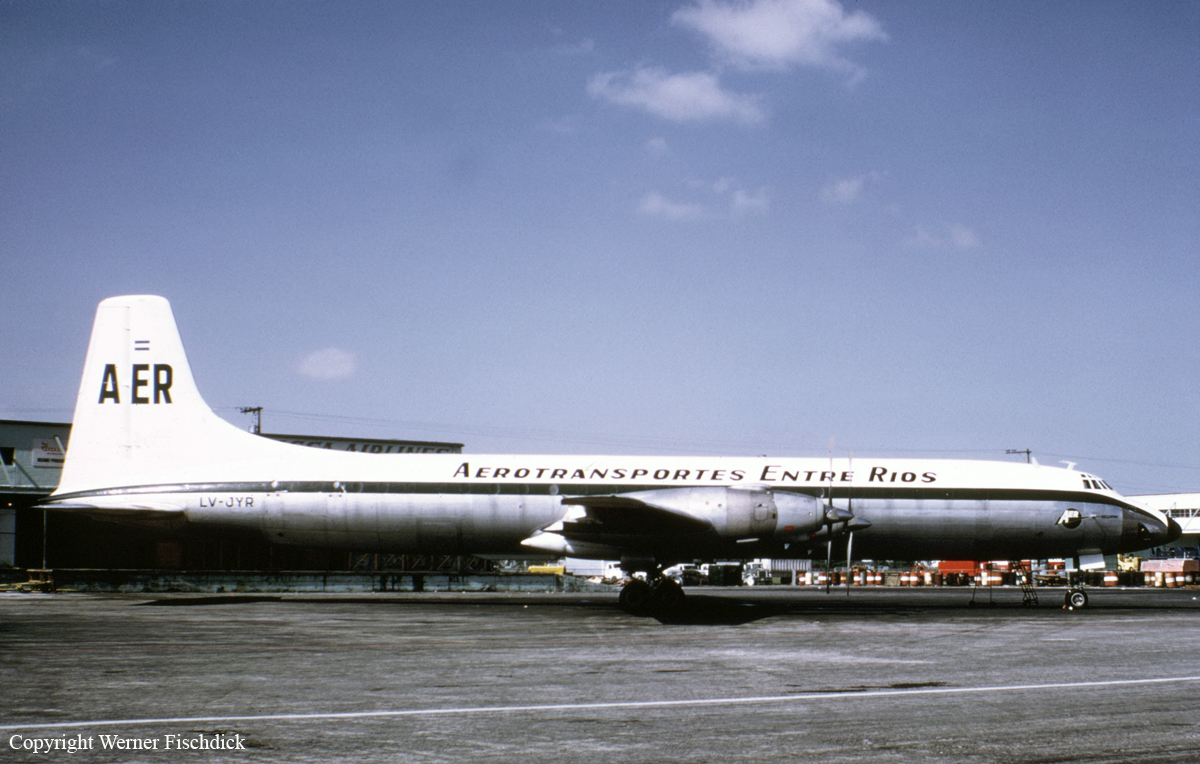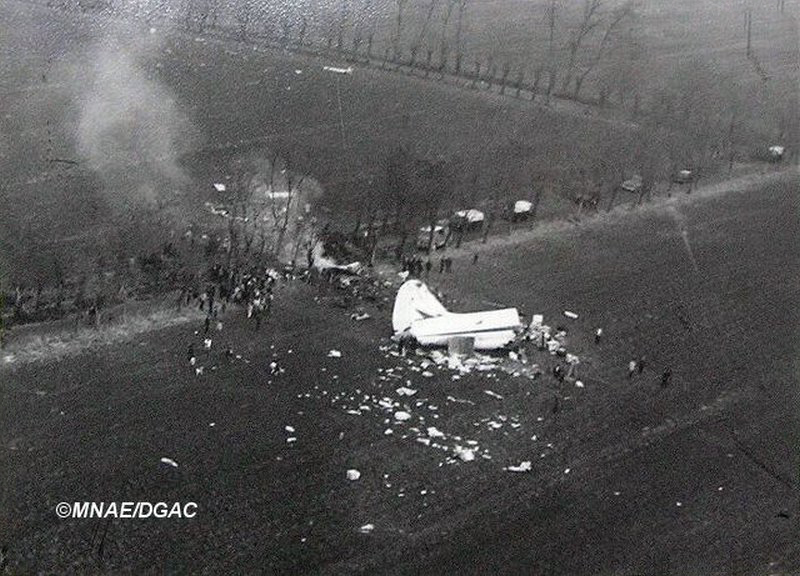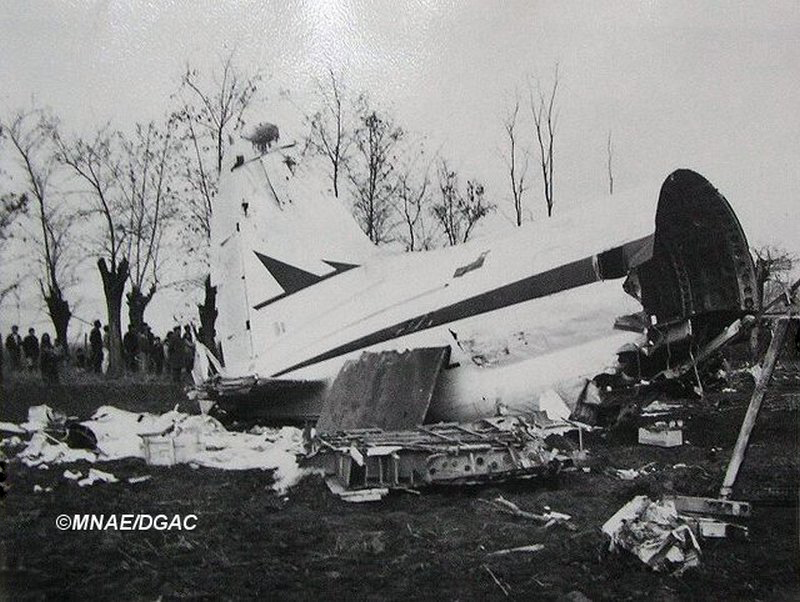Crash of a Curtiss C-46A-50-CU Commando in Puerto Aysén: 3 killed
Date & Time:
Dec 17, 1973
Registration:
CC-COA
Survivors:
No
MSN:
30576
YOM:
1944
Crew on board:
3
Crew fatalities:
Pax on board:
0
Pax fatalities:
Other fatalities:
Total fatalities:
3
Circumstances:
While approaching Puerto Aysén Airport, the airplane banked left then entered a dive and crashed few km from the airfield. The aircraft was destroyed on impact and all three occupants were killed.
Probable cause:
Failure of the left elevator that detached in flight, causing the airplane to become uncontrollable.



